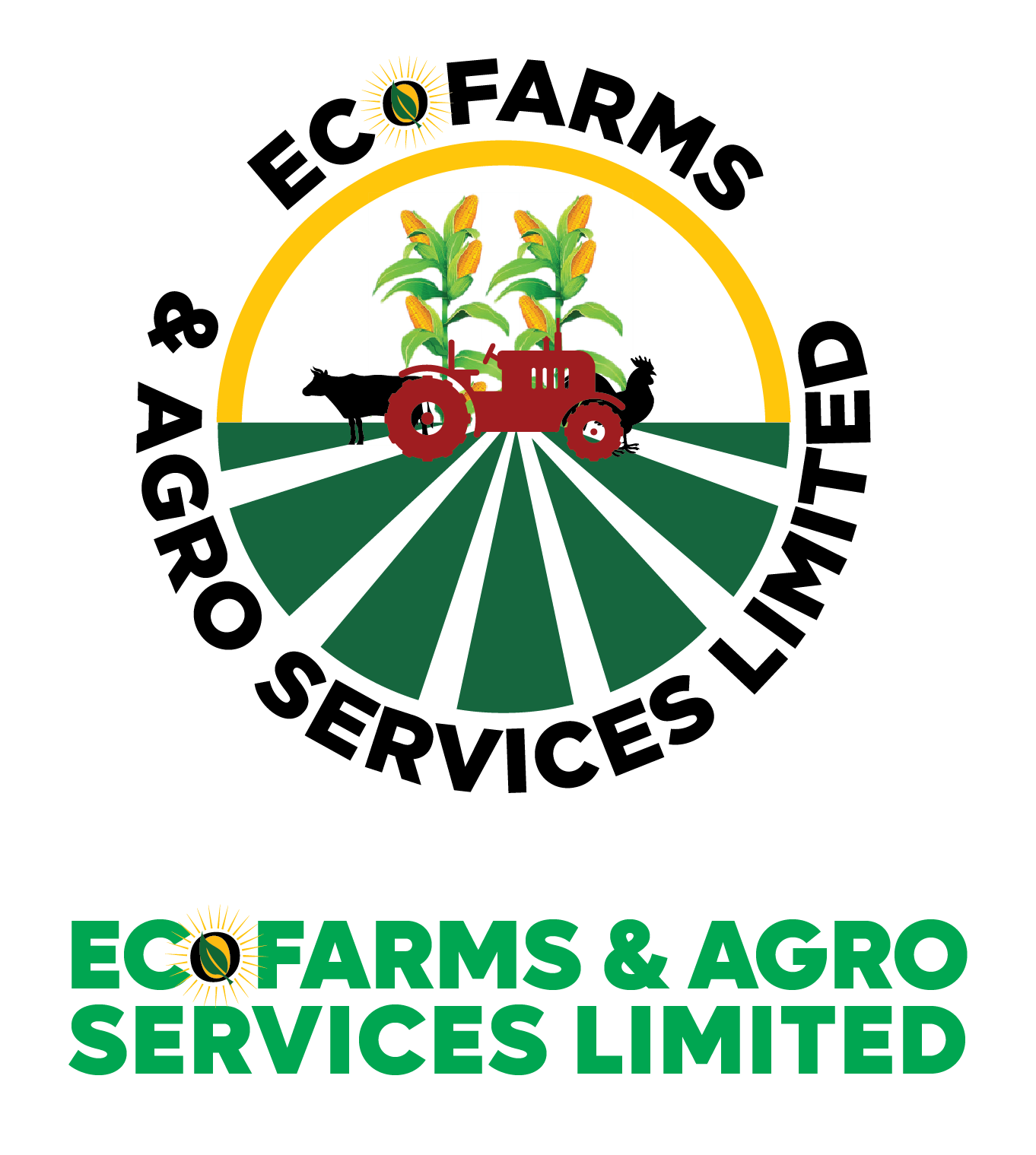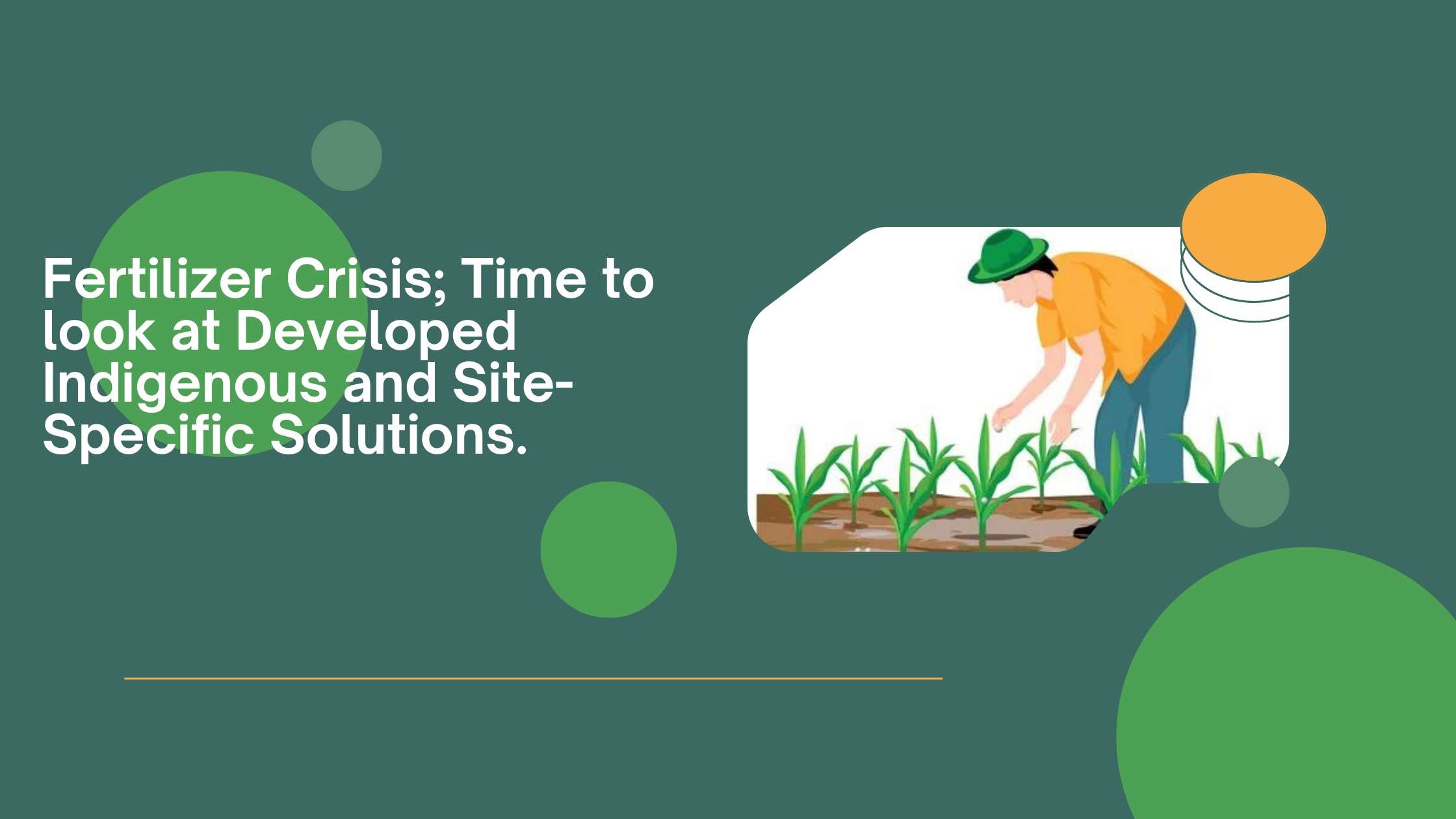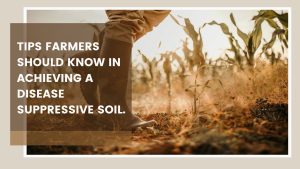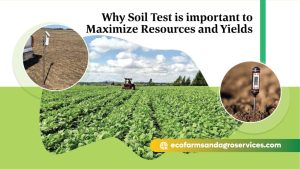The agricultural production season of 2022 has witnessed lots of unprecedented setbacks. Many of these include Worsening climate extremes, global fertilizer crisis, economic shocks and spikes, regional conflict with global consequence, all resulting in a growing high cost of energy and food production. These scenarios will continue to lead to uncertainties on the journey to achieving a food-secure future.
Further Puzzles on the Fertilizer Crisis
How do we feed our growing cities, overcome dynamic demands in food production, mitigate climate challenges, and drive the cost of food down? Such questions continue to linger in the minds of decision-makers and producers. One approach is to slow down on globalization and begin to look inward -Localized solutions. Site-specific solutions, such as in the area of soil health and fertility.
The Soil Health Imperative
If soil health and productivity can be cheaply improved, nearly all the challenges of food security would have been addressed. Especially in developing nations. Soil has been shown to be a vital tool to drive sustainable food production. A healthy soil is the foundation of the food system. Our early ancestors understood this, so they invested heavily in the soil. They achieved this by recycling internal resources in the farm, building biological control mechanisms, and taking advantage of climate conditions. Yields were modest; but stable. They safeguarded their productions by growing an array of crop varieties to address the challenges of disease. Nitrogen cycles were maintained by legumes. Crop rotation greatly suppressed disease outbreaks and weeds.

Current capital and technology-intensive farming systems are extremely productive, but they lack these measures and have caused a variety of economic, environmental, and social problems. These problems largely are in the area of Human and Environmental Health with the Soil being at the center.
To achieve a solution
a. Embrace an integrated plant nutrition system (IPNS)
Here a holistic approach to plant nutrition is applied. Nutrients are obtained from minimal inorganic input as well as largely organic inputs. The system helps to maintain and sustain soil fertility and enhance crop productivity in an ecologically compatible, socially acceptable, and economically viable way, by integrating way of blending both organic and inorganic fertilizers for optimal result.

b. Start recycling Valuable farm by-products
During harvest, engage available organic matter to enrich the soil, by way of compost. This will greatly increase soil quality and fertility. Green manure can provide lots of organic matter to feed soil organisms to build up soil fertility and health.

c. Consider integrating farm animals into the system
Farm animals can greatly provide valuable manure for soil fertility and enrichment. Integrating some animal husbandry programs will not only benefit the farm and farmer via direct manure but also from sales of such animals.
d. Cover crops and mulch
After a subsequent harvest season, plant engage cover crops and mulch to protect and enrich the soil, rather than the conventional burning and exposure of the farm fields.

Struggling with Fertilizer crisis, ‘The result-oriented site-specific solutions’ would guarantee healthy soil and higher yields. Get Access Now to our team of professionals to get agronomic services.

Richyiel Organic Fertilizer (NPK)
Richyiel is an organic NPK Fertiliser with macro and micro-nutrients designed to meet plant nutrient requirements.
Organic-based fertilizer sourced from native natural ingredients, is designed to slowly release nutrients to plants all through their lifecycle. Enriched with liming materials to stabilize soil pH, neem cake nourishes and protects plants from pests, insects, fungi, and nematodes.




